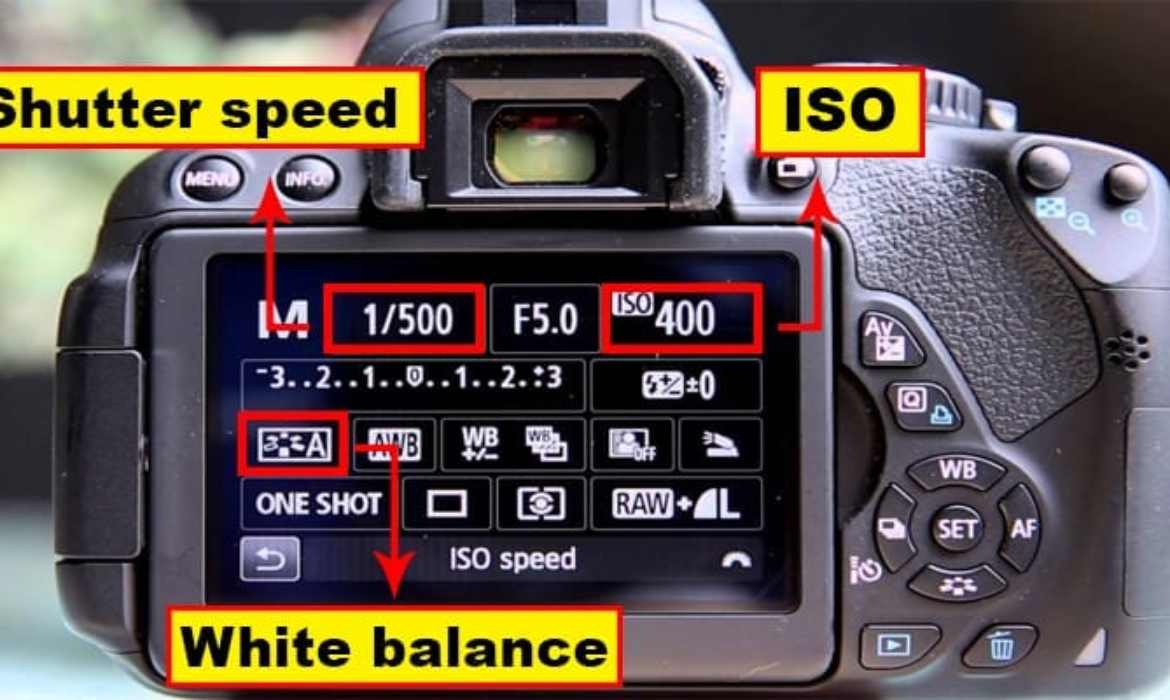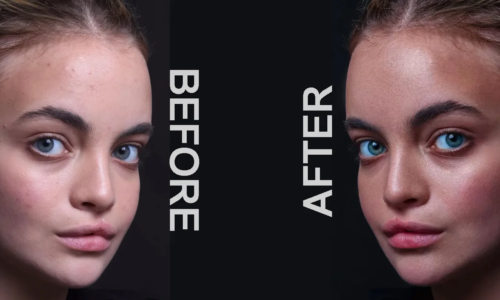In the fast-paced world of e-commerce and visual marketing, capturing the essence of a product through compelling images is crucial. One fundamental aspect that significantly influences the outcome of product photography is the aperture setting of your camera lens.
Introduction
Contents
- Introduction
- What is Aperture?
- Importance of Aperture in Product Photography
- Choosing the Right Aperture for Product Photography
- Common Aperture Settings for Different Products
- Aperture and Background Blur (Bokeh)
- Aperture and Shutter Speed Relationship
- Overcoming Challenges with Aperture
- Tips and Tricks for Aperture Settings
- Real-Life Examples
- Aperture and Brand Identity
- Aperture and Post-Processing
- Staying Updated with Aperture Technology
- Conclusion
- FAQs
In the realm of product photography, where every detail matters, understanding and mastering aperture settings can make a substantial difference in the quality of your images. This article aims to demystify the concept of aperture and guide you through its significance, impact, and optimal use in capturing stunning product shots.
What is Aperture?
Aperture, in simple terms, refers to the opening in the lens through which light enters the camera. Measured in f-stop values, it plays a pivotal role in determining the amount of light that reaches the camera sensor, influencing various aspects of the final photograph.
Importance of Aperture in Product Photography
Control over Depth of Field
One of the key advantages of manipulating aperture is gaining control over the depth of field. A smaller aperture (higher f-stop) results in a greater depth of field, ideal for showcasing intricate details of small products.
Impact on Image Sharpness
Aperture settings directly impact the sharpness of your images. Finding the right balance ensures your product is in focus while maintaining a pleasing background blur.
Controlling Light Exposure
Aperture also regulates the amount of light entering the camera. Understanding this allows photographers to adapt to different lighting conditions, ensuring well-exposed and visually appealing product images.
Choosing the Right Aperture for Product Photography
Consideration of Product Size
The size of the product should influence your choice of aperture. Smaller products may require a smaller aperture to capture all details effectively.
Balancing Depth of Field and Background Blur
Achieving the perfect balance between a sharp product and a blurred background depends on selecting the right aperture. Larger apertures (lower f-stop) create a more pronounced background blur, emphasizing the main subject.
Impact on Lighting Conditions
Aperture settings also play a role in handling various lighting conditions. Understanding how aperture affects exposure allows for adaptability in both natural and artificial lighting setups.
Common Aperture Settings for Different Products
Small Aperture (High f-stop) for Detailed Shots
When aiming to capture intricate details of a product, opt for a small aperture. This ensures that a larger portion of the product remains in sharp focus.
Wide Aperture (Low f-stop) for Emphasizing Product Against Background
For products that benefit from a pronounced background blur, using a wider aperture is recommended. This technique draws attention to the product itself while creating a visually appealing backdrop.
Aperture and Background Blur (Bokeh)
Creating Aesthetically Pleasing Blur
Mastering background blur, also known as bokeh, can elevate your product photography. Aperture settings contribute significantly to achieving a soft and pleasing blur that enhances the overall composition.
Enhancing the Focus on the Main Product
By strategically blurring the background, aperture helps direct the viewer’s focus solely on the product. This technique adds a professional touch to your product images.
Aperture and Shutter Speed Relationship
Understanding the Balance Between Aperture and Shutter Speed
While aperture controls the amount of light entering the camera, shutter speed dictates the duration of that light exposure. Maintaining a harmonious balance between the two is crucial for achieving well-exposed and sharp product images.
Impact on Capturing Motion in Product Photography
For products in motion, such as clothing swaying or electronics being operated, adjusting the aperture in conjunction with shutter speed is essential. This ensures capturing dynamic shots without sacrificing image quality.
Overcoming Challenges with Aperture
Dealing with Low-Light Situations
In challenging low-light conditions, knowing how to adjust your aperture can make a significant difference. Balancing a wider aperture with appropriate ISO settings can help maintain image quality.
Addressing Potential Issues with Diffraction
At extremely small apertures, diffraction can occur, leading to a loss of image sharpness. Understanding the limits of your lens and avoiding excessively high f-stop values is crucial to mitigate this issue.
Tips and Tricks for Aperture Settings
Experimenting with Different Aperture Values
Don’t shy away from experimenting with various aperture settings. Each product may require a unique approach, and discovering the ideal aperture through trial and error can lead to captivating results.
Utilizing Aperture Priority Mode
For those starting their journey in product photography, utilizing the aperture priority mode on your camera can be beneficial. This mode allows you to set the desired aperture while the camera automatically adjusts other settings for optimal exposure.
Importance of a Tripod for Stable Shots
Maintaining stability is vital when working with specific aperture settings. Using a tripod ensures that your camera remains steady, especially in situations where longer exposure times are necessary.
Real-Life Examples
To illustrate the impact of aperture settings, let’s explore before-and-after images of different products, showcasing how varying aperture values can alter the overall presentation.
Electronics and Gadgets
For intricate details on electronic devices, a smaller aperture ensures every button and feature is captured sharply.
Clothing and Accessories
A wider aperture can be employed to create an artistic blur in fashion photography, emphasizing the texture and design of clothing and accessories.
Food and Beverages
In culinary photography, adjusting the aperture allows for highlighting specific elements while maintaining an appealing background blur.
Aperture and Brand Identity
How Consistent Aperture Settings Contribute to Brand Aesthetics
Establishing a consistent look in your product photography builds brand identity. Using the same aperture settings across your product line creates a cohesive and professional visual signature.
Creating a Signature Look for Product Photography
Developing a distinctive visual style through consistent aperture choices sets your brand apart in a crowded market. Customers may come to recognize your products through the unique aesthetic achieved by your aperture settings.
Aperture and Post-Processing
The Role of Aperture in Reducing Post-Processing Work
By carefully selecting the right aperture during the photoshoot, you can minimize the need for extensive post-processing. This not only saves time but also preserves the authenticity of the captured product.
Enhancing the Final Product Through Minimal Editing
Striking a balance between a well-chosen aperture and minimal post-processing ensures your product images remain authentic and true to life.
Staying Updated with Aperture Technology
Advancements in Lens Technology
As technology evolves, so do the features of camera lenses. Keeping abreast of the latest advancements in aperture technology can offer new creative possibilities and enhance the quality of your product photography.
How New Aperture Features Can Benefit Product Photographers
Incorporating the latest aperture features, such as improved blade designs or enhanced aperture control, can provide product photographers with more precise control over their images.
Conclusion
In conclusion, understanding aperture settings is a valuable skill for any product photographer. The ability to manipulate aperture not only impacts the technical aspects of your images but also contributes to the overall aesthetics and branding of your products. Experimentation, paired with a thoughtful understanding of your products, will empower you to create visually stunning and captivating product photographs.
FAQs
What is the best aperture setting for product photography?
The ideal aperture setting depends on the size and type of product. Experiment with different values to find what works best for each specific scenario.
Can I achieve background blur with any lens?
While it’s possible to achieve some level of background blur with most lenses, prime lenses with wider apertures tend to produce more pronounced bokeh.
Is a tripod necessary for product photography?
Using a tripod is highly recommended, especially when working with specific aperture settings that require stability for longer exposure times.
How can I avoid diffraction at small apertures?
To minimize diffraction, avoid using excessively high f-stop values. Find a balance that allows for a sharp image without sacrificing too much light.
Should I use aperture priority mode for product photography?
Aperture priority mode can be a convenient starting point, especially for beginners. As you gain more experience, you may prefer full manual control for greater creative flexibility.







